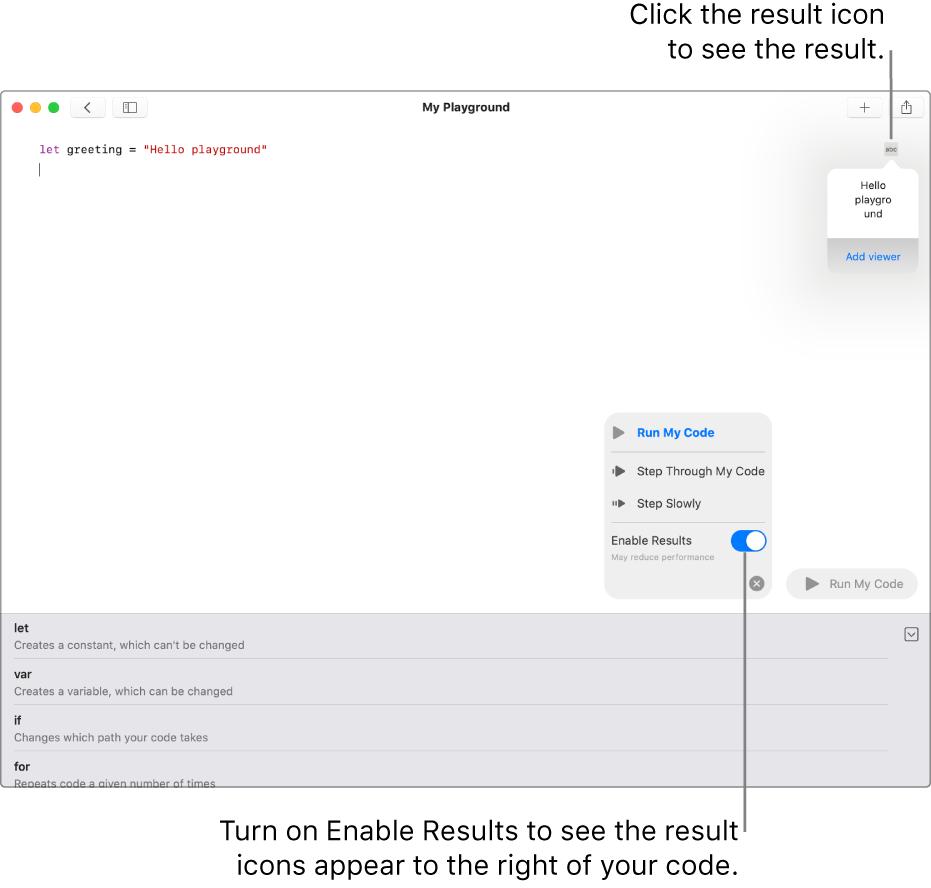

The source code for the R software environment, which is written primarily in C, Fortran, and R. R is named partly after the first names of the first two R authors (Robert Gentleman and Ross Ihaka), and partly as a play on the name of S. R was created by Ross Ihaka and Robert Gentleman at the University of Auckland, New Zealand, and now, R is developed by the R Development Core Team, of which Chambers is a member. S was created by John Chambers while at Bell Labs. R is an implementation of the S programming language combined with lexical scoping semantics inspired by Scheme. The R language is widely used among statisticians for developing statistical software and data analysis. R is a programming language and software environment for statistical computing and graphics. Plotting is not supported at this moment. Maximum running time of a program is 15 seconds. Graphics, network, file system and real-time input are not supported. Internet connection is required to compile and run a program. Online language reference and several program samples. Enhanced source code editor with syntax highlighting, line numbers, color themes and additional keyboard. Text input before program run and text output. Your programming language for iOS is amazing! The great programming tool on the AppStore. You have to buy compilations inside the application. The application is especially useful for learning the R programming language. Programming language is a perfect tool for studying, complex mathematical calculation, entertainment and many other useful tasks. By feeding the data + the function that you are using to the digest() you get an unique key, if that key matches your previous calculation there is no need for re-running that particular section.The classic R programming language for iPad, iPhone and iPod touch. All you need is the built-in digest package. There is a package for caching, R.cache, but I’ve found it easier to write the function myself. There may be a multitude of reasons to why you need to exit a computation and it would be a pity to waist all that valuable time. I strongly recommend implementing some caching when doing large computations. It allows coupling terminals per process and debugging through them.
Run code in r for mac windows#
There is an interesting package partools that has a dbs() function that may be worth looking into (unless your on a Windows machine). If the x is too long for a file name I suggest that you use digest as described below for the cache function. a large ame), load that, and debug it without parallel. Thereby you can extract any data that is not suitable for a simple message (e.g. Below you can see that the memory address space for variables exported to PSOCK are not the same as the original:Ĭl<-makeCluster(no_cores, outfile = "debug.txt")Ĭat(dput(x), file = paste0("debug_file_", x, ".txt"))Ī tip is to combine this with your tr圜atch – list approach. It is leaner on the memory usage by linking to the same address space. Unless you are using multiple computers or Windows or planning on sharing your code with someone using a Windows machine, you should try to use FORK (I use capitalized due to the makeCluster type argument). For those of you on other systems you should be aware of some important differences between the two main alternatives:įORK: "to divide in branches and go separate ways" I do most of my analyses on Windows and have therefore gotten used to the PSOCK system.

I strongly recommend always exporting the variables you need as it limits issues that arise when encapsulating the code within functions. packages option, e.g.packages = c("rms", "mice"). Similarly you can load packages with the. The function is beautiful in its simplicity: It takes one parameter (a vector/list), feeds that variable into the function, and returns a list: One thing I regret is not learning earlier lapply. Multivariate Imputation by Chained Equations (MICE).Here are a few common tasks that fit the description: wiki/Embarrassingly_parallel”>embarrassingly parallel. For me that means any computation that takes more than 3 minutes – this because parallelization is incredibly simple and most tasks that take time are The common motivation behind parallel computing is that something is taking too long time.
Run code in r for mac how to#
In this post I’ll go through the basics for implementing parallel computations in R, cover a few common pitfalls, and give tips on how to avoid them. 2.14.0) and its much easier than it at first seems. I’ve been using the parallel package since its integration with R (v. Today is a good day to start parallelizing your code. Don’t waist another second, start parallelizing your computations today! The image is CC by Smudge 9000


 0 kommentar(er)
0 kommentar(er)
